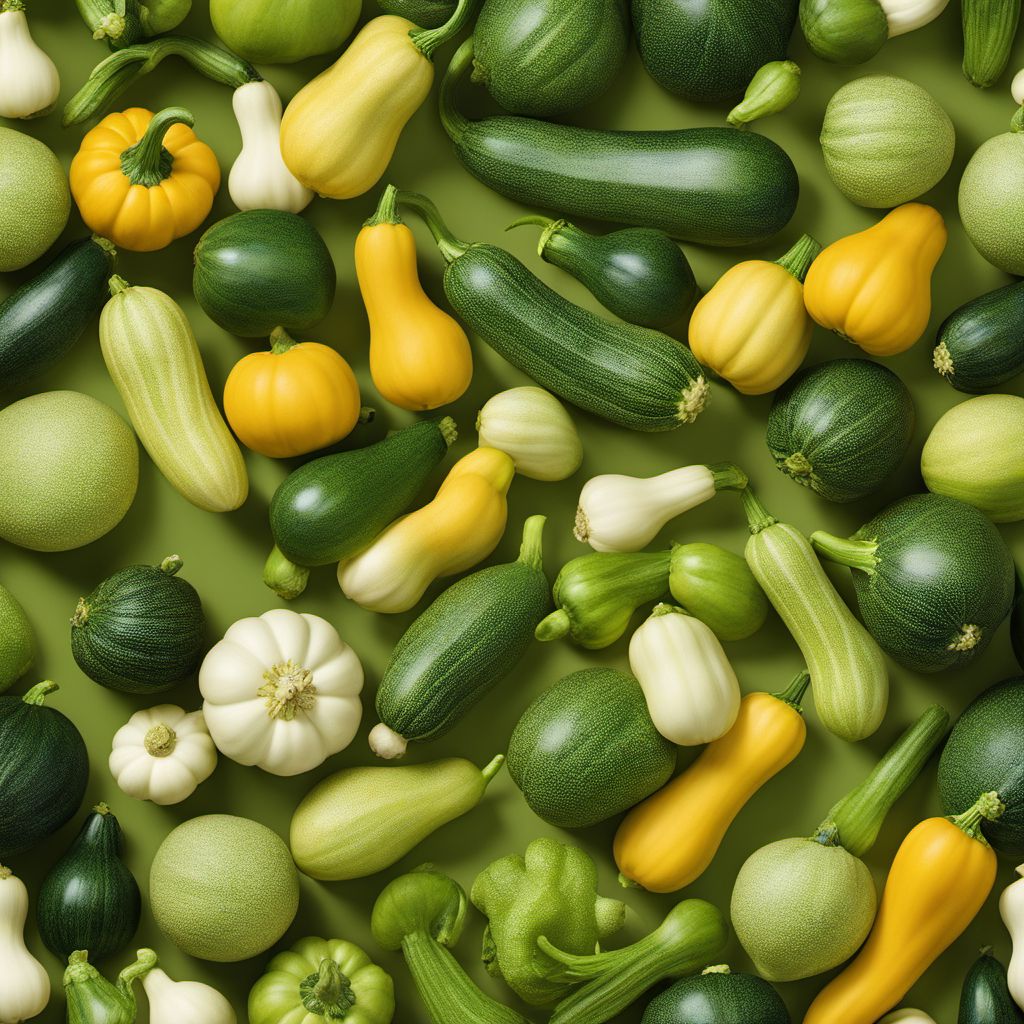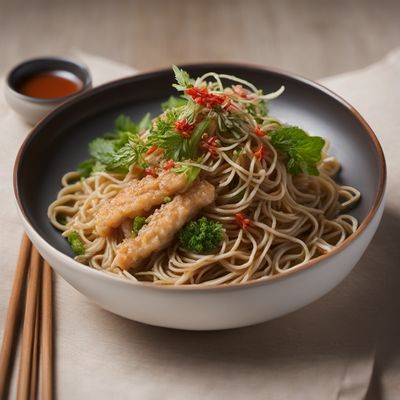
Ingredient
Summer squashes
Versatile Delights of Summer
Summer squashes are tender vegetables with a mild flavor and a delicate texture. They come in various shapes and colors, including green, yellow, and white. These versatile vegetables can be enjoyed raw in salads, pickled, grilled, sautéed, or used as a filling in casseroles and stir-fries. Summer squashes have a high water content, which contributes to their refreshing and hydrating qualities.
Origins and history
Summer squashes are believed to have originated in the Americas, specifically in Mesoamerica, where they were cultivated by indigenous peoples for thousands of years. They were later introduced to Europe by Christopher Columbus during his voyages. Summer squashes have since become popular worldwide and are a staple in many cuisines, particularly during the summer months when they are abundant. They are often associated with Mediterranean and American cuisines.
Nutritional information
Summer squashes are low in calories and fat, making them a healthy addition to any diet. They are also a good source of vitamins A and C, as well as dietary fiber. Additionally, summer squashes contain antioxidants that help protect against cellular damage.
How to select
When selecting summer squashes, choose ones that are firm and free from blemishes or soft spots. The skin should be smooth and vibrant in color, depending on the variety. Avoid squashes that feel heavy for their size, as this may indicate overripeness. For the best flavor and texture, opt for smaller-sized squashes, as they tend to be more tender and flavorful.
Storage recommendations
To prolong the freshness of summer squashes, store them in the refrigerator in a perforated plastic bag or a loosely wrapped paper towel to prevent moisture buildup. Avoid washing them until ready to use, as excess moisture can accelerate spoilage. Fresh summer squashes can be stored for up to a week.
How to produce
Summer squashes are relatively easy to grow in home gardens or containers. They thrive in warm climates and require well-drained soil and plenty of sunlight. Sow the seeds directly in the ground or start them indoors and transplant them once the soil has warmed up. Regular watering and fertilization will help promote healthy growth and abundant harvests.
Preparation tips
Summer squashes can be enjoyed in a variety of ways. They can be sliced and eaten raw in salads or used as a base for vegetable noodles. They can also be grilled, sautéed, or roasted to bring out their natural sweetness. Summer squashes are a popular ingredient in ratatouille, stir-fries, and vegetable medleys. Additionally, they can be stuffed with fillings such as cheese, herbs, or ground meat for a flavorful main course.
Culinary uses
Summer squashes are commonly used in Mediterranean cuisine, particularly in dishes from Italy, Greece, and France. They are also popular in American cuisine, where they are often incorporated into summer salads, side dishes, and grilled vegetable platters.
Availability
Summer squashes are widely available in many countries, including the United States, Italy, Spain, and Mexico. They are commonly found in grocery stores, farmers markets, and supermarkets during the summer months.
More ingredients from this category
Recipes using Summer squashes

Tempura Donburi
Crispy Delights: Tempura Donburi - A Japanese Culinary Masterpiece

Mordovian-style Tempura Soba
Crispy Buckwheat Noodles with Mordovian Twist

Arbëreshë-style Grilled Eel
Savor the Flavors of Arbëreshë Cuisine with Grilled Eel

Creamy Zucchini Blossom Soup
Savory Delight: Creamy Zucchini Blossom Soup

Homemade Crispy Tempura
Golden Delights: Crispy Homemade Tempura